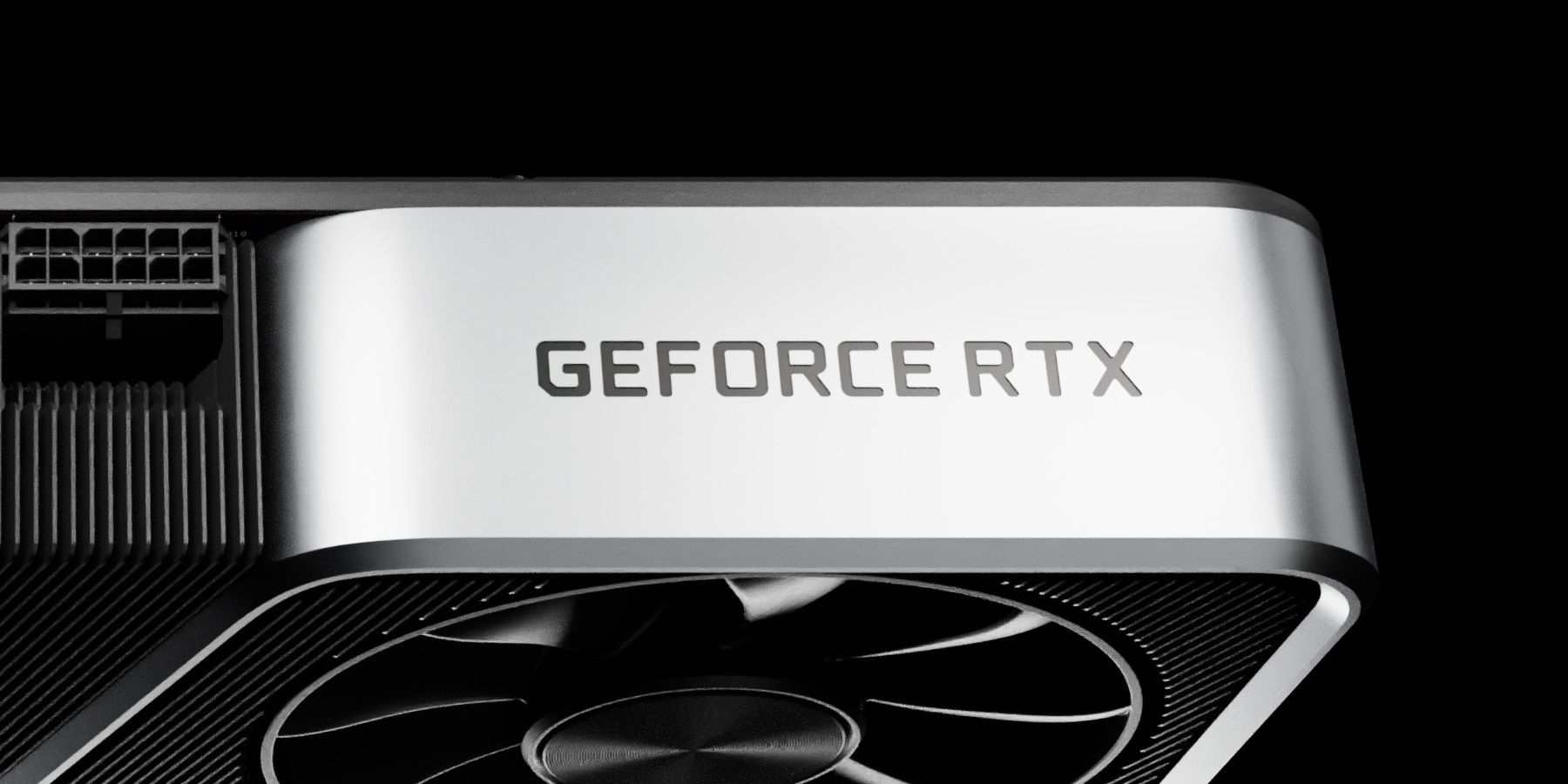Nvidia announced the RTX 3060 at CES 2021, taking the total number of desktop RTX 30-series cards to five. Of the cards, the RTX 3060 is designed for budget gamers, while the RTX 3080 sits at the higher end of the spectrum below the flagship RTX 3090. Both the Nvidia GeForce RTX 3060 and RTX 3080 take advantage of Team Green’s latest Ampere architecture and fitted with second-gen ray tracing cores and third-gen Tensor cores.
However, despite these similarities, there’s a lot separating these two RTX 30-series cards, with price the most obvious difference. Nvidia’s RTX 3060 launched with a starting price of $329, if one can be found in stock. In comparison, the RTX 3080 starts at $699, although stock shortages also make this card near-impossible to find. In the rare event that one is available, buyers may need to pay a much higher price on anything that isn’t a Founder’s Edition card.
In terms of specifications, the Nvidia RTX 3080 is equipped with 8704 CUDA Cores, 10GB of GDDR6X memory, 320-bit memory bus, and a boost clock speed of 1.71 GHz. The RTX 3060 features less than half the CUDA Cores as the 3080, coming in at 3584. However, the budget RTX 30-series card has a higher boost clock speed of 1.78 GHz and 12GB of GDDR6 memory. Although it is worth noting that the 12GB of memory uses older GDDR6 instead of the “X” variant used in the RTX 3080. Additionally, the RTX 3060’s 12GB of memory is on a narrower 192-bit bus.
Best For 1080p 60fps or 4K 60fps?

Before deciding which is worth investing in, it is important to understand where these two RTX 30-series cards sit on the performance ladder. Nvidia’s RTX 3080 is one of the most powerful graphics cards in existence, with Team Green claiming that it is twice as fast as the RTX 2080, and faster than the RTX 2080 Ti as well. The Nvidia RTX 3060 is twice as fast as the GeForce GTX 1060, although this comparison seems irrelevant as the 1060 is a much older card that uses the somewhat dated Pascal architecture. During its launch, Nvidia also pitted the RTX 3060 against the RTX 2060, with the former delivering a performance bump of anywhere between 10 and 30-percent, depending on the game.
When it comes to targets, Nvidia touts smooth 60fps gameplay at 4K resolution with the RTX 3080, making this an ideal card for enthusiast gamers. Hardcore gamers looking for a competitive edge by pushing frame rates to the max will also benefit from the RTX 3080, making it the best price-to-performance for gaming in 4K resolution. In contrast, the RTX 3060 has its sights set on smooth 60fps gameplay at 1080p resolution. This is an ideal graphics card for those with GPUs that struggle to hit 60fps when playing AAA titles at 1080p resolution. It is worth noting that the 60fps threshold for both the RTX 3080 and RTX 3060 have been set with ray tracing and DLSS turned on.
Nvidia’s GeForce RTX 3080 and RTX 3060 are two polar opposites. While both cards use the same architecture, they are aimed at very different users, evidenced by the difference in price. With the RTX 3060, Nvidia aims to give audiences their first taste of smooth gameplay with ray tracing turned on, while the RTX 3080 is meant to take the ray tracing experience to a whole new level. However, purchasing either of these cards will also depend on availability, as the recent confirmation of Nvidia stock shortages hasn’t just made RTX 30-series cards impossible to find, but has also seen sellers massively inflating the asking price.




